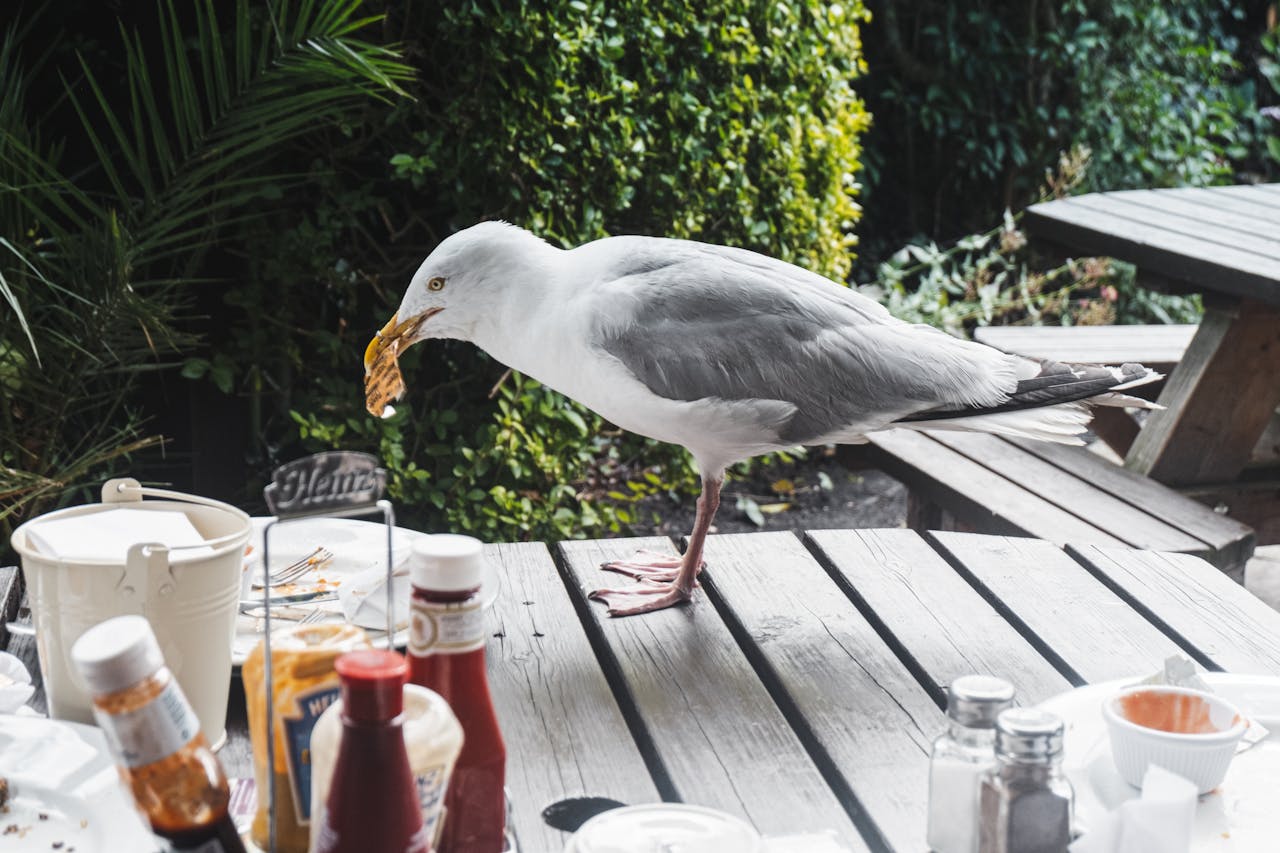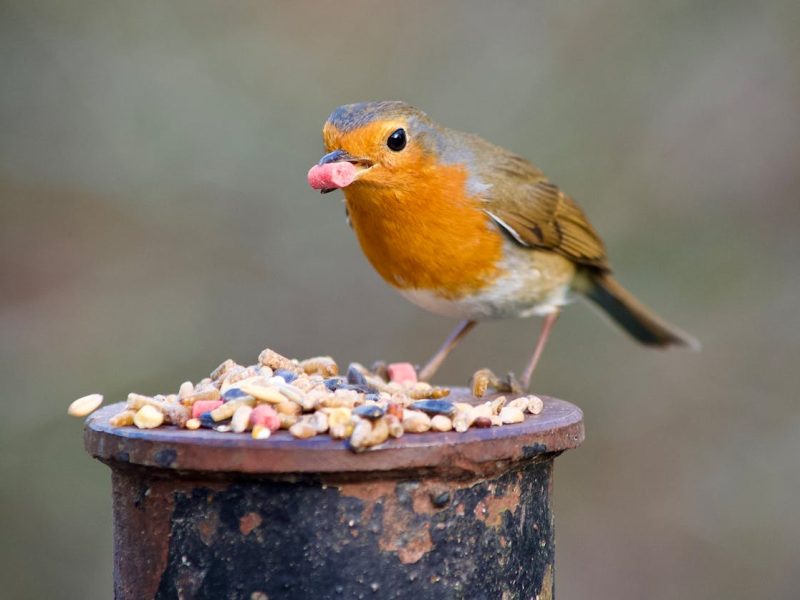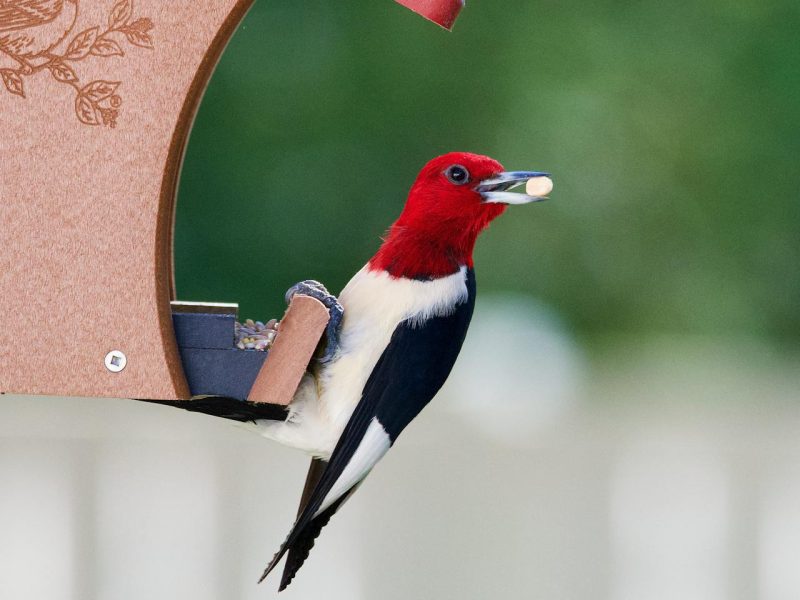Feeding wild birds is a delightful pastime. It’s calming to watch these feathered friends flit about your yard, chirping merrily as they feast on the treats you’ve provided. However, buying birdseed can become an expensive habit if you’re not careful. This guide will share tips and tricks to keep those avian amigos well-fed without emptying your wallet.
Bulk Is Your Buddy
One of the simplest ways to save money on birdseed is to purchase it in bulk quantities. Many stores offer substantial discounts when you buy larger bags or sacks. Keep an eye out for sales, coupons, and loyalty programs to maximize your savings.
Buying in bulk may require a larger upfront investment, but it pays off in the long run. Think of it as stocking up for your feathered friends’ long-term dining pleasure.
The Art of the Mix
Different birds have different preferences when it comes to their cuisine. Rather than buying single-seed varieties, opt for a high-quality seed mix. These blends cater to various avian palates, ensuring no bird goes hungry.
As a bonus, seed mixes often cost less per pound than specialized seeds. It’s a win-win for you and your backyard buddies!
Speaking of personal experience, I remember the time I tried a fancy, premium birdseed. It was like serving gourmet cuisine to my feathered guests! They flocked to my feeders in droves, and I felt like a true avian host.
However, the price tag quickly brought me back to reality. That’s when I learned the art of the mix – providing a diverse, wallet-friendly spread that keeps all my birdy buddies happy.
Grow Your Goodies
Why not consider growing your bird-friendly plants and crops? Sunflowers, millet, and nyjer (thistle) seeds are relatively easy to cultivate and can provide a steady supply of nutritious treats for your feathered friends.
Not only is this cost-effective, but it also adds a touch of natural beauty to your outdoor space. Plus, you’ll feel a sense of accomplishment knowing you’ve grown a veritable avian buffet right in your backyard.
Get Crafty with Feeders
Commercially-produced bird feeders can be quite pricey, especially the fancy ones. Why not flex your creative muscles and craft your own? Repurposing materials like plastic bottles, tin cans, or even hollowed-out gourds can result in unique and budget-friendly feeders.
Not only will you save money, but you’ll also get the satisfaction of knowing your feathered friends are dining in style – courtesy of your handiwork.
One year, I decided to get crafty and make my bird feeders out of recycled materials. It was a fun project, and the birds didn’t seem to mind the unconventional designs. I like to think they appreciated the personal touch! Plus, it felt great to repurpose items that would’ve otherwise ended up in a landfill.
Embrace the Leftovers
Don’t toss those stale bread crumbs, crackers, or cereal bits just yet! Many birds are perfectly happy to snack on these human food leftovers.
Of course, moderation is key – you don’t want to upset their delicate digestive systems. But sprinkling a few crumbs here and there can supplement their diet while reducing waste in your household. It’s a win for the birds and a win for the environment!
I distinctly remember the time I accidentally spilled a bag of stale breadcrumbs in my backyard. Rather than cleaning it up immediately, I decided to see what would happen. Lo and behold, a veritable avian party ensued! Birds of all shapes and sizes descended upon my accidental feast, chirping with glee. From that day on, I made a habit of saving suitable leftovers for my feathered friends.
Water, the Elixir of Life
While we’re on the subject of freebies, don’t forget about water! Providing a clean, fresh water source is just as important as offering food. Birds need to stay hydrated, especially during hot summer months.
A simple birdbath or shallow dish filled with water can go a long way in attracting and sustaining your backyard avian population – and it won’t cost you a dime!
One tip: be sure to clean and refresh the water regularly to prevent the growth of harmful bacteria or algae.
Embrace Community Kindness
Don’t be shy about reaching out to your local community for assistance or advice on feeding birds cost-effectively. Many nature centers, parks, or wildlife organizations offer educational resources or even host seed-sharing programs.
You might also connect with fellow bird enthusiasts online or in your neighborhood to swap tips, recipes, or even excess seed.
A few years back, I joined a local birding group, and it was a game-changer. Not only did I learn valuable insights from experienced members, but we also organized seed swaps and bulk purchases to help everyone save money. It’s amazing what a little community kindness can achieve!
Summary
At the end of the day, feeding wild birds should be an enjoyable and rewarding experience, not a financial burden. Embrace the journey, get creative with your solutions, and don’t be afraid to experiment.
Remember, our feathered friends bring so much joy and beauty into our lives – it’s only fair that we treat them to a delicious and affordable feast in return.



